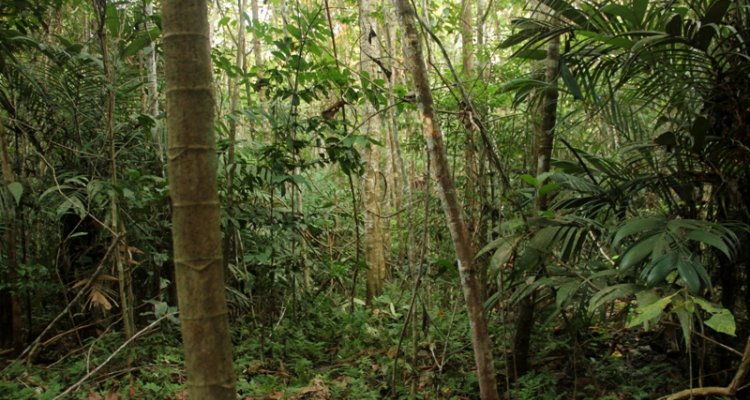
Project
Resilience of tropical secondary forests
Secondary tropical forests cover large areas and have great potential to recover biodiversity and ecosystem functions. The key challenge is to understand the resilience of these forests, and how this depends on forest attributes and environmental and anthropogenic drivers.
This project is embedded within the secondary Neotropical forest network "2ndFor", which combines almost 60 sites that evaluate forest recovery using chronosequences. Most sites have, however, poor quantification of soil conditions, and a limited description of historical land use. In this project, we will coordinate the collection and analyses of soil and land-use history (through interviews and remote sensing) for as many sites as possible.
Using this information, we can better understand how i) soil recovers during forest regrowth, ii) soil conditions influence forest regrowth, and iii) land-use history determines forest regrowth. This information will help to understand the context-dependence of forest recovery and, hence, recovery of ecosystem functions.
Publications
-
Legume abundance along successional and rainfall gradients in Neotropical forests
Nature Ecology & Evolution (2018), Volume: 2, Issue: 7 - ISSN 2397-334X - p. 1104-1111. -
Carbon sequestration potential of second-growth forest regeneration in the Latin American tropics
Science Advances (2016), Volume: 2, Issue: 5 - ISSN 2375-2548 -
Biomass resilience of Neotropical secondary forests